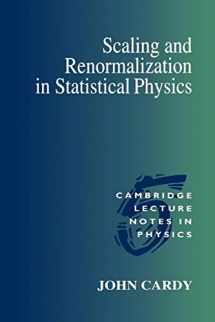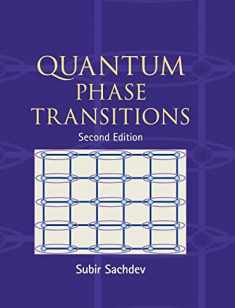
Scaling and Renormalization in Statistical Physics (Cambridge Lecture Notes in Physics, Series Number 5)
Book details
Summary
Description
This text provides a thoroughly modern graduate-level introduction to the theory of critical behavior. Beginning with a brief review of phase transitions in simple systems and of mean field theory, the text then goes on to introduce the core ideas of the renormalization group. Following chapters cover phase diagrams, fixed points, cross-over behavior, finite-size scaling, perturbative renormalization methods, low-dimensional systems, surface critical behavior, random systems, percolation, polymer statistics, critical dynamics and conformal symmetry. The book closes with an appendix on Gaussian integration, a selected bibliography, and a detailed index. Many problems are included. The emphasis throughout is on providing an elementary and intuitive approach. In particular, the perturbative method introduced leads, among applications, to a simple derivation of the epsilon expansion in which all the actual calculations (at least to lowest order) reduce to simple counting, avoiding the need for Feynman diagrams.


We would LOVE it if you could help us and other readers by reviewing the book
Book review




